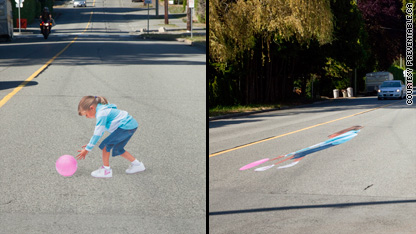steveintoronto
Superstar
This is sobering, and I've only cycled in a fraction of the cities this author has, but enough to agree completely:
https://tdaglobalcycling.com/2018/0...g-in-toronto-than-anywhere-else-in-the-world/[...]
I run a company that supports hundreds of cyclists each year, taking them on some pretty incredible cycling rides. So one could say that when people ask me is it safe to cycle in such and such a country or place, they probably figure that I may just have some idea what I am talking about.
I have learned that when people ask me about safety, they really do not ask in an objective way. They are subconsciously asking about the things that they are afraid of, be it wild animals in Africa, getting sick in India, being robbed at gunpoint in South America or kidnapped by terrorists in Central Asia.
All of those things can happen to any cyclists or travellers anywhere in the world but when I answer that question of safety, I do not talk about any of those things as these possibilities are infinitesimally small. I tell them that the most dangerous thing in my life is commuting by bike in Toronto. This is not a flippant answer. It is the honest truth. I feel more threatened every time I have to cycle any of the main roads in the city of Toronto than cycling anywhere else in the world.
If the person asking the question is a cyclist they will quickly understand my answer. However if they are not, they look at me with disbelief. How can that be? In their mind they dismiss my answer as hyperbole. We Canadians have an image of ourselves as being benign, friendly people who would never do harm to anyone, at least not willingly. Except try cycling on Dufferin, Finch or any other busy street. Every few seconds a driver passes you, one that may believe that if a cyclist is hurt, it is, as our former Mayor Rob Ford said, “their own fault”.
After all, in the driver’s opinion, roads were created for cars and not for anyone else. This behaviour is not singular to Toronto. It also apply to countries such as the USA and others where car culture many years ago successfully appropriated the roads from children, the elderly, pedestrians and, yes, cyclists. Ironically, it was cyclists who, over a century ago, lobbied governments to build roads, well before there were any cars.
I do not live in those places. I live here in Toronto and have to face the streets here day after day. The tragedy is that it does not have to be this way. In most developing countries, as much as the drivers would love to own the roads, unfortunately for them, there are motorcycles, scooters, cyclists, pushcarts and even animals on the roads. This forces drivers to operate at speeds well below the ones I experience when I am forced to cycle on Bathurst, Sheppard or Bayview. Even the legal speed limits here in Toronto are such that if a pedestrian or a cyclist is hit, their chances of survival are close to zero.
Years ago Toronto’s Chief Medical Officer of Health, Dr. David McKeown, suggested that a 30km/h limit apply in the city. For that suggestion, he was just about run out of town by then Mayor Rob Ford and the car loving public. In the meantime, the toll of death and injuries of vulnerable road users continue to climb and I can honestly keep telling anyone who asks me, it is much, much safer to cycle in India, Sudan or Iran than it is for me to bike to my office in Toronto.






